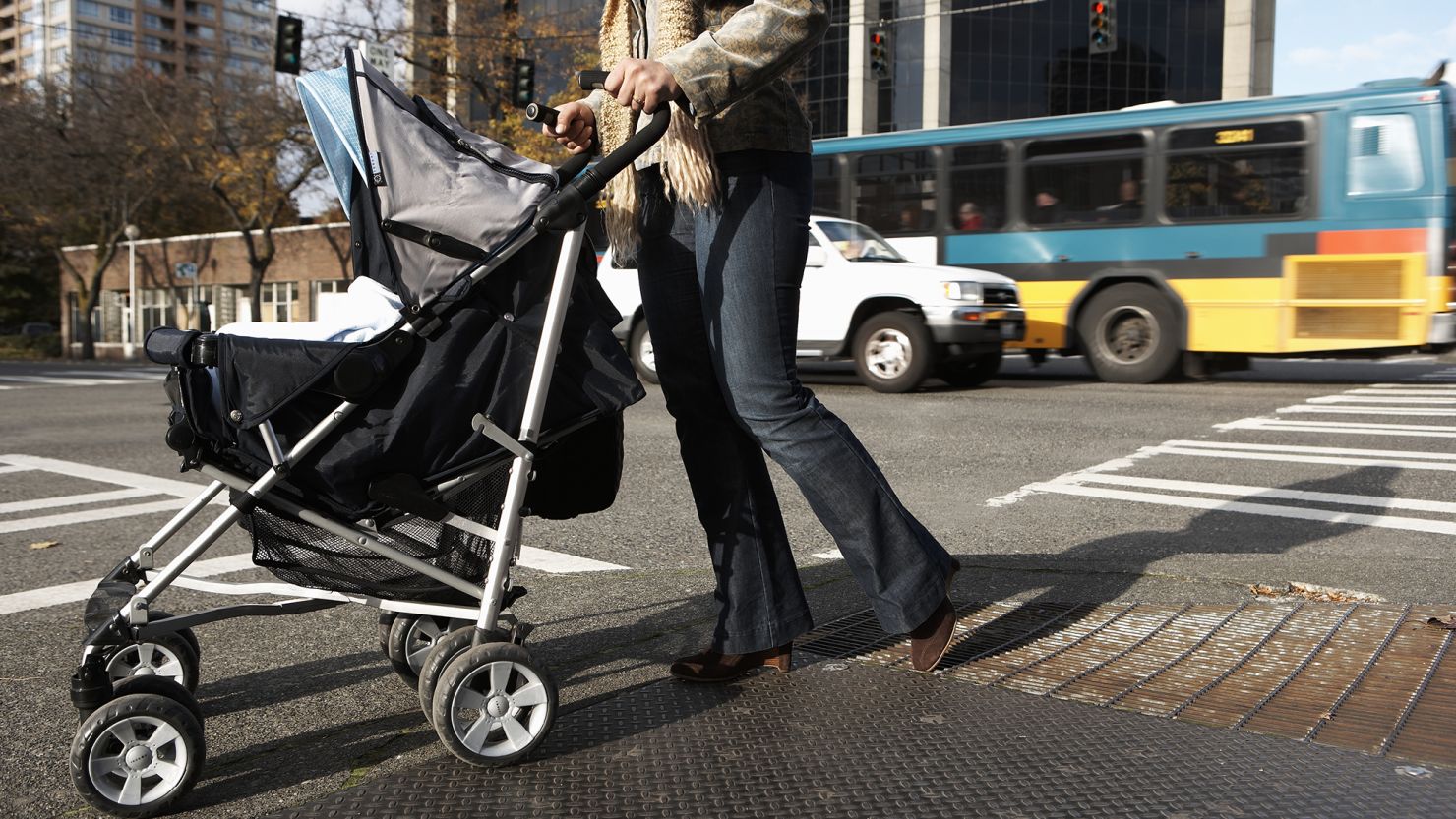The crisis that has enveloped clothing company Kyte Baby this week might not have happened if the United States had a national paid parental leave policy in place.
Company founder and CEO Ying Liu was forced to offer two public apologies after making, in her words, a “terrible decision” to deny an employee more work flexibility after her adopted newborn landed in neonatal intensive care.
The United States is the only developed economy among the 38 members of the Organization for Economic Cooperation and Development not to provide national paid maternal leave and job protection, never mind paid paternal or parental leave.
“Across the OECD, statutory rights to paid maternity leave are provided with an average length of 18.5 weeks as of April 2022, ranging from 43 weeks in Greece (the longest entitlement) to none in the United States — the only OECD member with no national provision of paid maternity leave,” the OECD states on its site.
What’s more, almost all OECD countries have paid leave programs around childbirth for mothers and fathers, whether they are birth parents, adoptive parents or same sex parents. Besides pay, the programs offer to protect one’s job while on leave around the time of childbirth and the first few months after, according to the OECD.
Looking more globally, “approximately 83% of countries guarantee at least 12 weeks of paid leave to parents who give birth,” according to the paid leave advocacy group FamilyValues@Work.
What US workers get
US-based employees, by contrast, have to figure out which, if any, options might be available to them from a complex, confusing patchwork of programs.
“Nobody knows what they have access to,” said paid leave expert Vicki Shabo, a fellow at the policy research think tank New America.
Nine US states and the District of Columbia currently have paid family leave laws on the books, and four more states have similar laws that will go into effect in the next couple of years, according to a New America report.
At the employer level, only 27% of US workers in the private sector have access to paid family leave through their job, up from 12% a decade ago, according to the Bureau of Labor Statistics. (Among state and local government workers, 28% have access to paid family leave today.)
In recent years, in a bid to boost talent attraction and retention, mostly larger employers have been expanding their paid family leave programs, not just for birth mothers but also fathers, working parents in same sex couples, and employees who adopt or foster a child.
Among companies with more than 500 employees, 75% now offer or plan to offer paid parental leave in 2024, up from 70% last year and from 46% in 2018, according to HR consulting firm Mercer. The median amount of paid time off is seven weeks, up from six in prior surveys Mercer has conducted.
And, according to a recent survey by HR consulting firm WTW, nearly 20% of the employers that currently offer paid leave for parents plan to make those leave policies more generous in the next two years.
At the national level, however, there is still not a federal program for paid leave, despite legislative efforts in recent years to pass one in Congress.
At present, the only federal mandate on the books is the three-decades-old Family and Medical Leave Act, which allows employees to take up to 12 weeks of unpaid but job-protected leave a year — not just for childbirth but for a range of needs, including dealing with one’s own or a family member’s illness or with caregiving needs when a family member is in the military and gets deployed.
Most people, of course, can’t afford to take much unpaid leave. But even if they could, due to its eligibility rules, the FMLA doesn’t cover a large swath of the workforce. In 2020, 44% of workers weren’t eligible for FMLA leave because they didn’t have sufficient tenure on the job, didn’t work enough hours and/or their work site was too small, according to the US Department of Labor. Given that the Kyte Baby employee in question had only worked at the company for “a little over 7 months,” the company wrote in an email to CNN, she likely would not have qualified for FMLA coverage.
Under pressure to change
In the wake of its troubles this weekend, Kyte Baby’s CEO told CNN the company will now expand its maternity leave policy, which currently only offers two to four weeks with pay depending on tenure.
And perhaps it may also follow in the footsteps of other employers when it comes workplace flexibility.
The initial video on TikTok that alerted the world to the Kyte Baby situation alleged that the new mother was “fired” after proposing she be allowed to work remotely. But the company told CNN that “[s]he did propose a remote option for her job, but given that her role was largely on-site, at that time, we did not feel that the proposed plan would fulfill the responsibilities of her current position. We told her we understood her situation and informed her that her job would be here if and when she opted to return. However, upon reflection, we should have taken more steps to accommodate her situation.”
One trend that workplace experts expect to see in 2024 is more employers coming up with different ways to provide equity in their workplace policies so employees whose jobs are not remote friendly can enjoy more flexibility on par with that of their desk-based colleagues — for instance, by providing them with four-day workweeks or more flexibility in scheduling their hours.
But as executives at Kyte Baby are no doubt learning the hard way, it is always better to proactively offer these types of new or expanded benefits before a very public crisis forces their hand and potentially threatens their brand.
CNN’s Eva Rothenberg contributed to this story.











